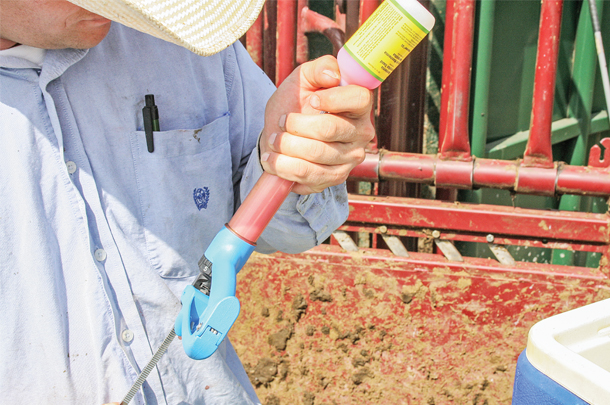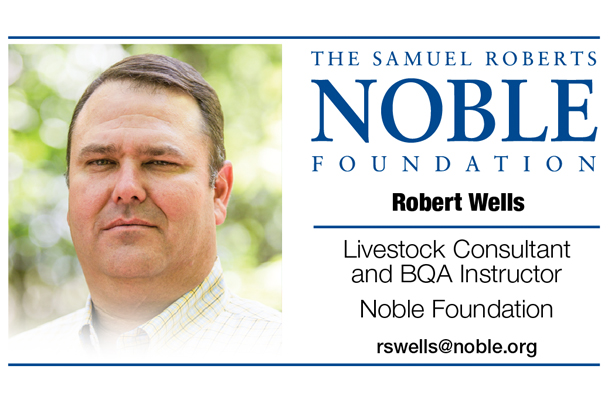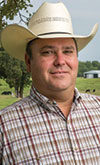Every segment of the beef industry has a role in ensuring a quality dining experience.
A national program called Beef Quality Assurance (BQA) was developed more than 25 years ago to help producers increase the quality of the beef they produce by educating ranchers and their employees on the importance of proper management and adhering to industry-accepted guidelines.
This program also raises consumer confidence by assuring the public that U.S. beef is the safest and most nutritious beef available.
Beef quality starts at the ranch. Ranchers care for their cattle daily and strive to provide a healthy and safe environment for their livestock. Producers need to make sure that their employees and guests on the ranch also care about the cattle.
One way to accomplish this is to require all ranch workers to be BQA-certified and learn the importance of proper injection techniques, product handling and storage, and livestock handling and transportation, as well as the importance of documentation.

Every member of the ranch operation should be BQA-certified and either renew their certification every three years or attend continuing education programs in their state to stay current on new product information and state and federal laws and regulations.
In the current era, where commercial and social media is pervasive, whether you have five or 5,000 head of cattle, it only takes one animal that was incorrectly handled or documented to cause a major public relations issue for the entire industry.
Many ranchers ask if being BQA-certified will make them any more money when they sell their calves. The short answer is: By being certified, you are ensuring the cattle have received the proper care and treatment the industry expects and consumers demand.
This certification may promote the buyer to bid more for your calves since the buyer knows you understand the importance of BQA and all it entails. The buyer may also assume that since you have taken the time to become BQA-certified, you have gone above and beyond for the rest of your calves’ management.
Additionally, ranchers need to educate all guests on the importance of being sure cattle stay safe while visitors are on the ranch. It is rare that foreign objects are found in cattle at the packing plant, but it is important to further reduce the potential of this happening. Hunters should know what and where they are shooting at to ensure no livestock are beyond the target.
Guests should understand that cattle have a comfort zone and they should not approach them, not only for their personal safety but for the safety and well-being of the animals.
Not all guests can read an animal’s body language and understand that the animal is not comfortable with the person’s intrusion into the animal’s space. This may cause the animal to either charge at the unwitting person or flee in a direction that may be hazardous. Just the act of a stranger or strange animal such as a new dog in the pasture can be stressful to livestock.
Furthermore, the more producers who become certified, the better the industry is able to tell our story and represent the American rancher to the consumer. The old saying, “A rising tide lifts all boats,” is very true in our industry.
This is a major means beef industry advocates use to help promote our product and production practices to downstream buyers and the end consumers, chain restaurants and supermarkets that have become more active in placing production requirements on the meat sourced to sell in their establishments.
Beef Quality Assurance has been an industry standard since 1986 as a way to reduce foreign residues in the beef supply and has progressed into a more comprehensive program that ensures safe and wholesome quality beef is delivered every time. This is an industry initiative more producers should embrace. ![]()
PHOTO 1: The proper method of delivering a subcutaneous injection is by tenting the skin to ensure vaccine is only given under the skin rather than into the muscle.
PHOTO 2: This producer ensures health and quality vaccines by using a new needle to draw vaccine out of the bottle. Photos by The Noble Foundation.








